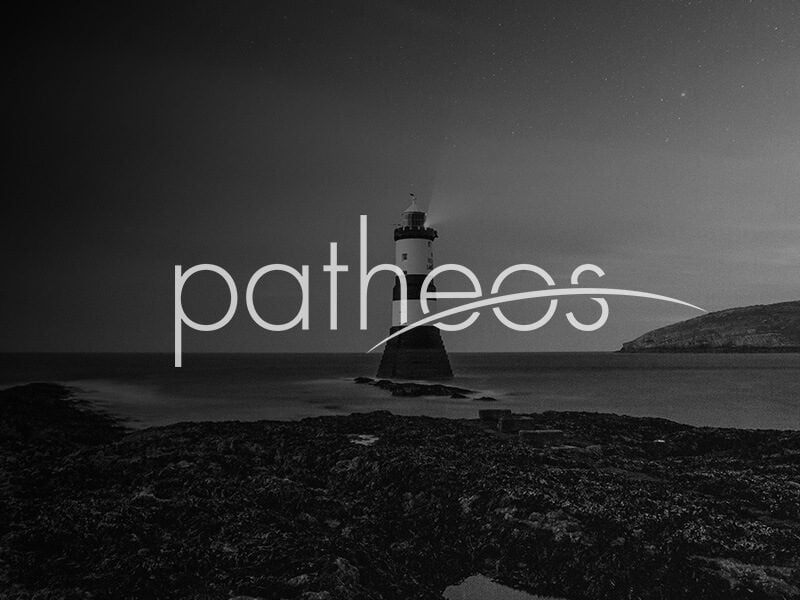Steven Wedgeworth writes:
“You might want to be more skeptical of Torrance. You (and he) are right to sniff a problem, but the genealogy of that problem is a bit more complicated. Just one example. You blogged on visible and invisible and said that Torrance claimed later Federalism moved beyond the Scots Confession on visible/invisible church stuff. But in chapter 16 of the Scots Confession the church is defined as invisible and ‘known only to God, who alone knows whom He has chosen.’
“The Scots Confession, along with all of the pre-Westminster Confessions, defines the Church as invisible and simply does not include an additional discussion on the visible. The WCF is new precisely because it spends as much time as it does talking about the visible church by itself.
“The key to the unity is, I believe, what Luther called ‘trysting places.’ The visible church, sacraments, etc. were all trysting places for believers to encounter the invisible realities through faith. Trigg has a good discussion on this in his book on Luther and baptism.
“Also, this site will give the other side of the Reformed history on God’s love, atonement, etc: http://calvinandcalvinism.com/ ”











